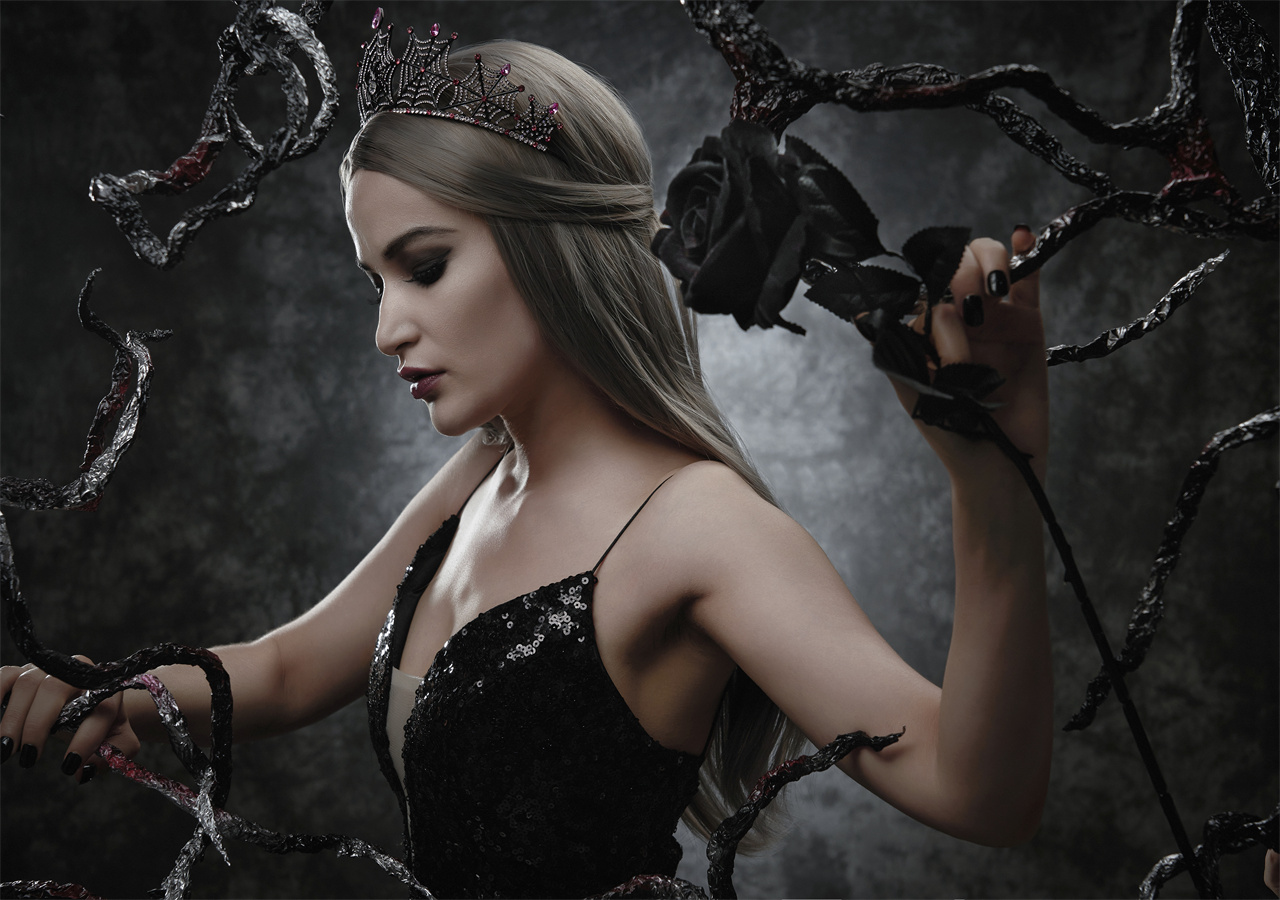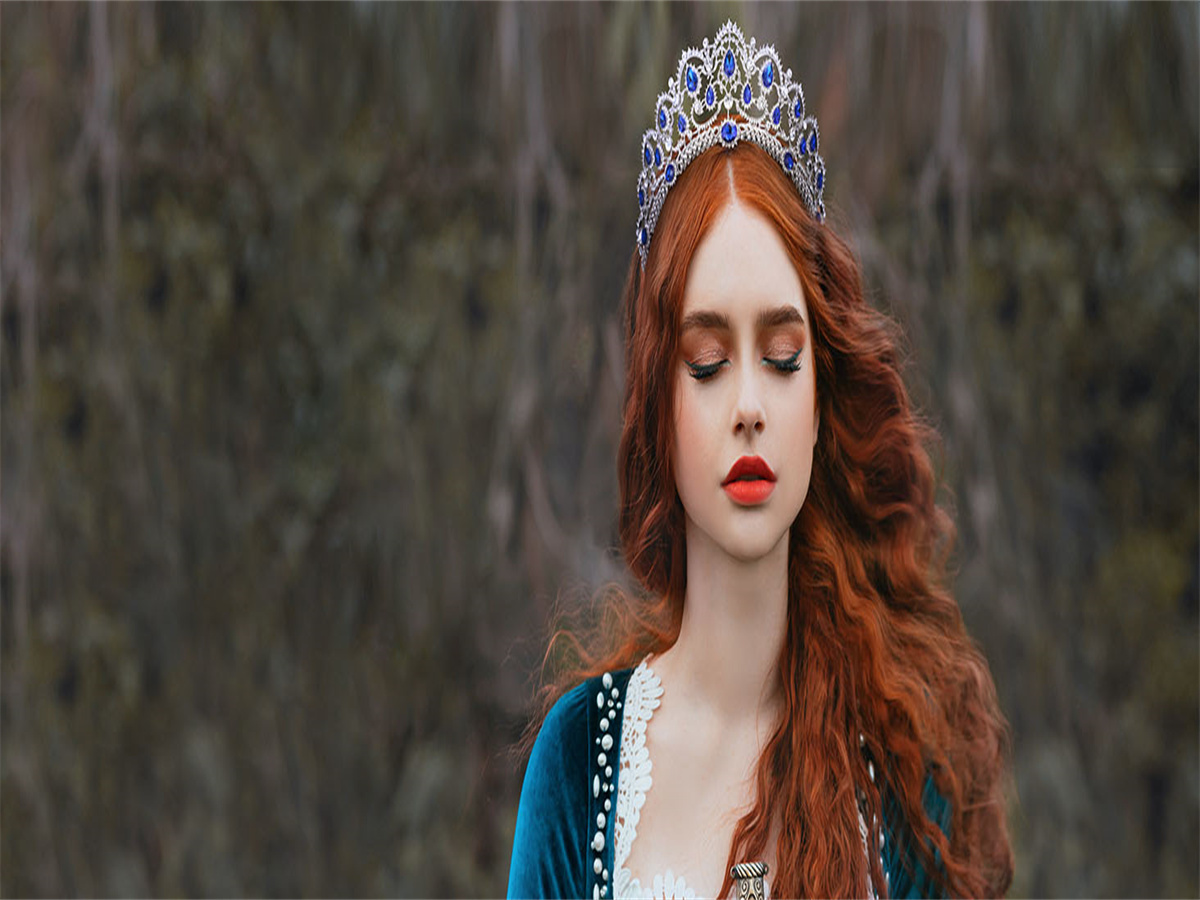Have you ever wondered about the distinct headpieces worn by royalty and nobility? The crown, the tiara, and the coronet have always fascinated people with their regal charm and exquisite designs. While they may appear similar, each headpiece holds its own significance and purpose. Let’s dive into the world of these majestic adornments and unravel the differences that make them truly special.
.jpg)
Crown
A crown is a traditional head adornment that has been cherished by monarchs throughout history, symbolizing their regal authority. It goes beyond being a mere accessory, for a crown also represents the very essence of a monarchy and everything endorsed by it. In fact, the term “crown” is often used as an abstract representation of the monarchy itself in Commonwealth countries, setting it apart from the individual who reigns (known as The Crown). Majestic and awe-inspiring, the crown is a symbol of unparalleled sovereignty.
Crowns can be worn both by men and women. For example, the Queen Crown is encrusted with stunning crystals of various sizes, its design based on vintage style, greatly to show its culture and fashion, will make you standout in any occasions. And the Leo King Crown which is in antique finish design gives you a regal look, makes you revisit historical memory and feel the changes of the times.
In today’s world, quinceañera crowns are quite famous. A quinceanera crown is a special headpiece worn by the birthday girl during a quinceañera celebration. It is a significant coming-of-age celebration in Latin American cultures, specifically for girls turning 15. The crown symbolizes the transition from childhood to young womanhood and is often ornate and adorned with jewels, pearls, crystals, or other decorative elements. It is meant to highlight the beauty and significance of the quinceañera on her special day. These decorations can make her fifteenth birthday truly magical. Whether she dreams of being a princess, queen, or empress, quinceanera crowns will add a radiant sparkle to her celebration.

Tiara
A tiara is a jeweled head ornament. Its origins date back to ancient Greece and Rome. In the late 18th century, the tiara came into fashion in Europe as a prestigious piece of jewelry to be worn by women at formal occasions.
Unlike crowns, tiaras are only worn by females,including princesses and queens. They are also worn on the upper part of the head, therefore people can have the focus on the front. They usually consist of a semi-circular band adorned with gemstones, pearls, or intricate metalwork. Wearing a tiara does not automatically mean being a queen. Nowadays, tiaras enjoy a wide range of applications, from wedding tiaras, ball tiaras to gala dinner tiaras. What’s more, tiaras are often associated with elegance, femininity, and beauty.
In summary, tiaras and crowns are stunning and renowned headpieces that have the power to infuse elegance and charm into any event. To select the ideal headwear, it’s essential to take into account the occasion, desired aesthetic, and individual style. By doing so, one can discover the perfect adornment to enhance their appearance with a touch of sparkle and radiance.
.jpg)
Coronet
The word “Coronet” stems from the Old French coronete, a diminutive of co(u)ronne (‘crown’).
A coronet can be described as a dainty crown adorned with decorative elements that are attached to a circular metal band. What sets a coronet apart from other types of crowns is the absence of arches, distinguishing it from them. Additionally, unlike a tiara that rests on the head, a coronet wraps entirely around the wearer’s head. A coronet is associated with lesser-ranking members of the nobility, such as dukes, duchesses, earls, or countesses. Coronets are typically smaller and less ornate than tiaras, often featuring a simple metal band with minimal gemstone embellishments. Each coronet style correlates to one’s title. The number and arrangement of elevated points (known as “strawberries”) on a coronet’s band signify the rank and status of the wearer within the nobility.
Who can wear a coronet? In Britain, only royals and members of the aristocracy wear coronets, and they only wear them at coronations. In other words, anyone who has the title of Baron, Viscount, Count, and Prince (and their female counterparts) may wear a coronet.
While crowns, tiaras, and coronets all symbolize nobility and power, their differences lie in their size, ornateness, and the level of authority they denote. Crowns represent supreme authority, while tiaras and coronets are more associated with royalty of varying ranks.
So, whether it’s a majestic crown displaying unparalleled sovereignty, a sparkling tiara exuding grace and femininity, or a modest coronet signifying nobility within the hierarchy, each headpiece holds its unique allure and tells a story of its own in the wondrous world of royalty.
.jpg)




I believe there are many more pleasurable opportunities ahead for individuals that looked at your site.
Thank you a lot for providing individuals with a very spectacular possibility to read critical reviews from this site.